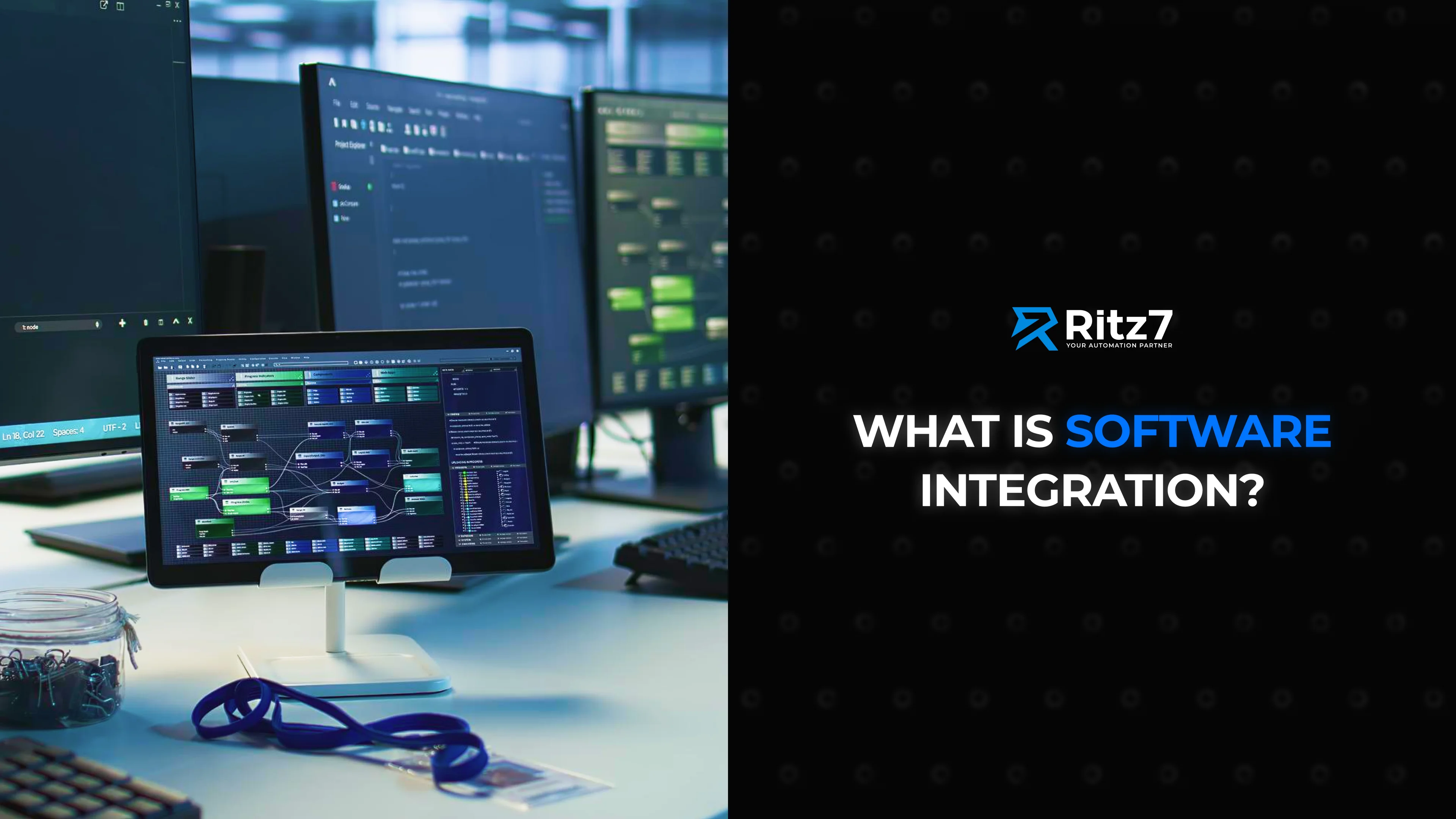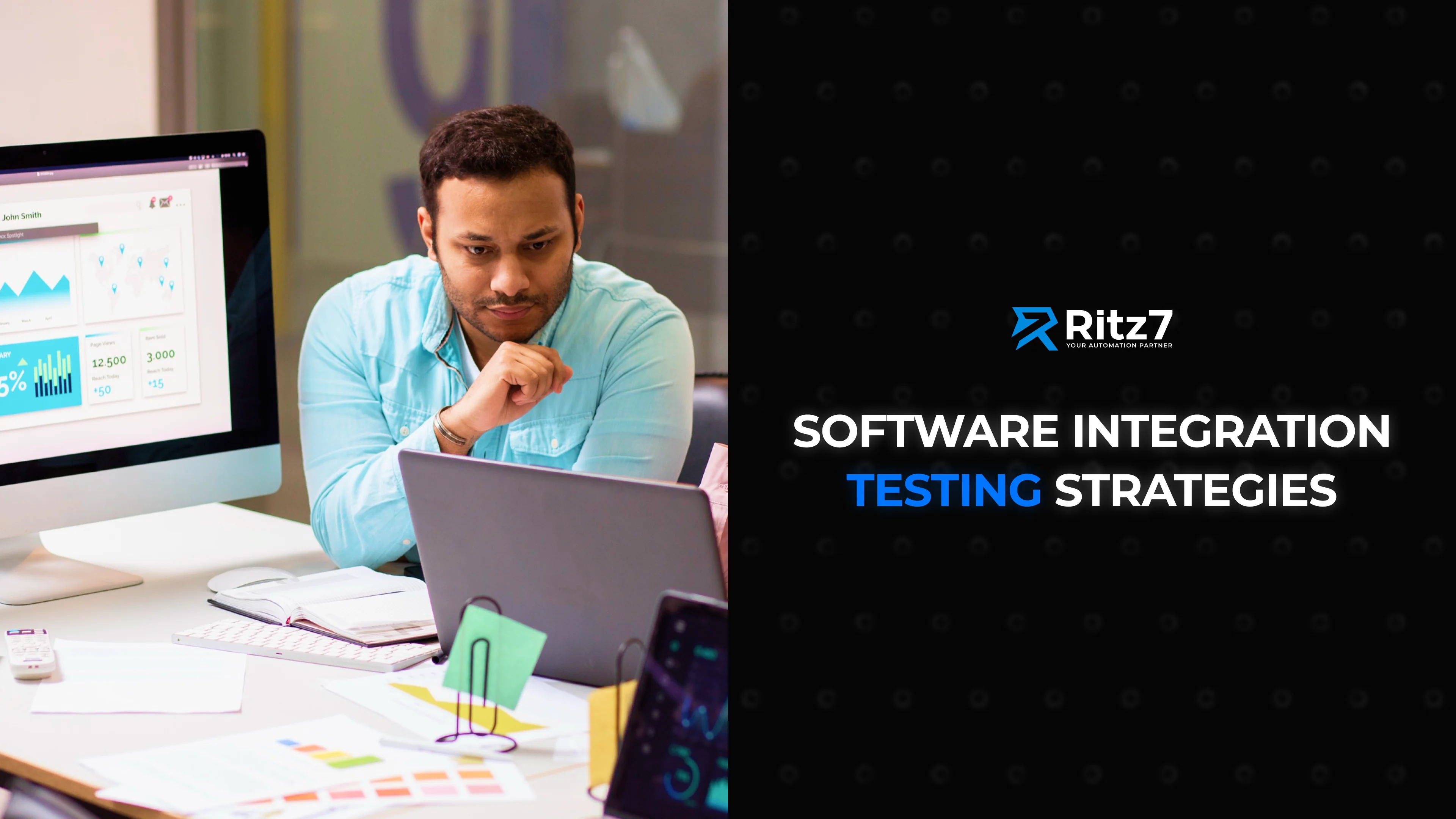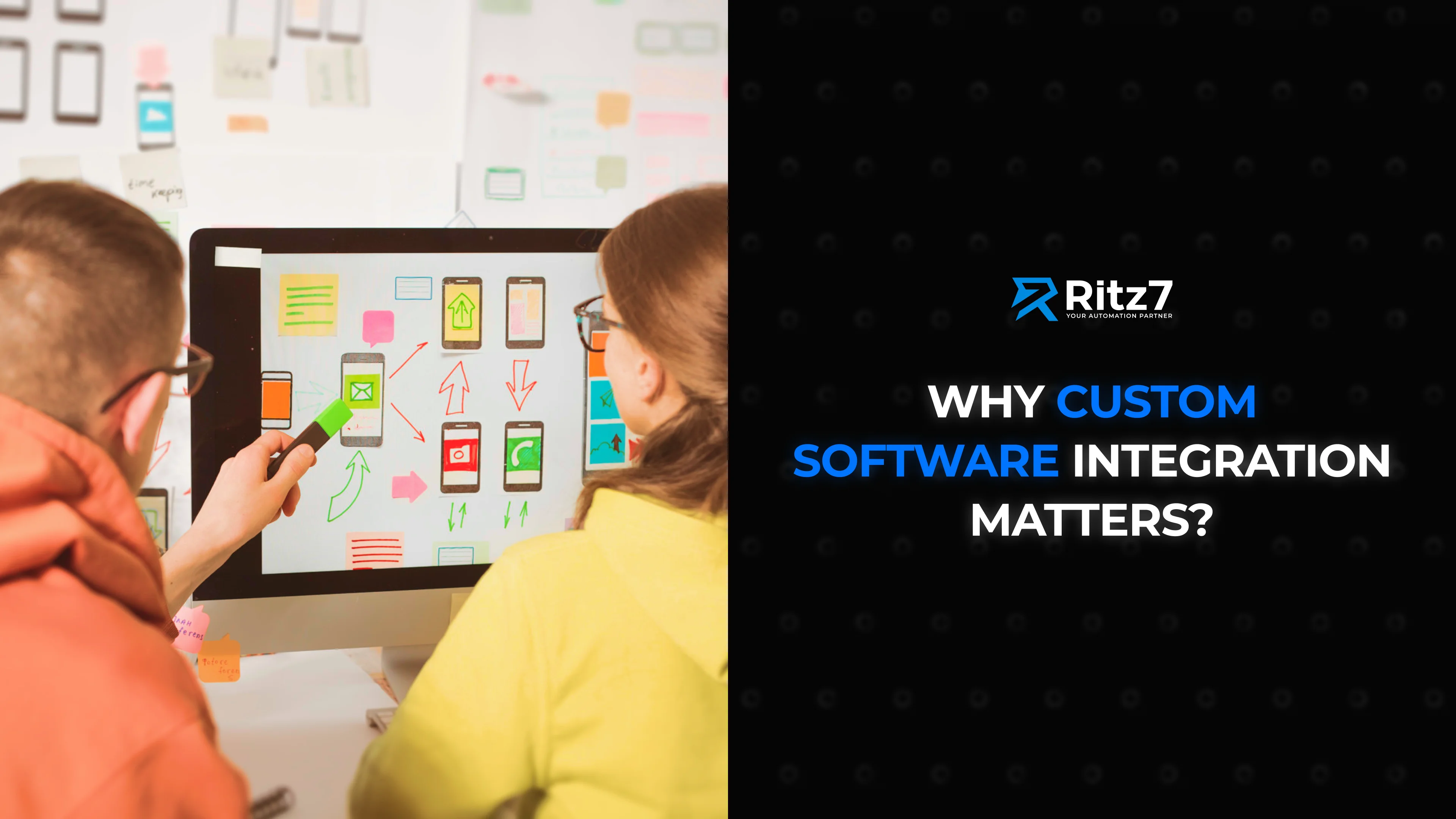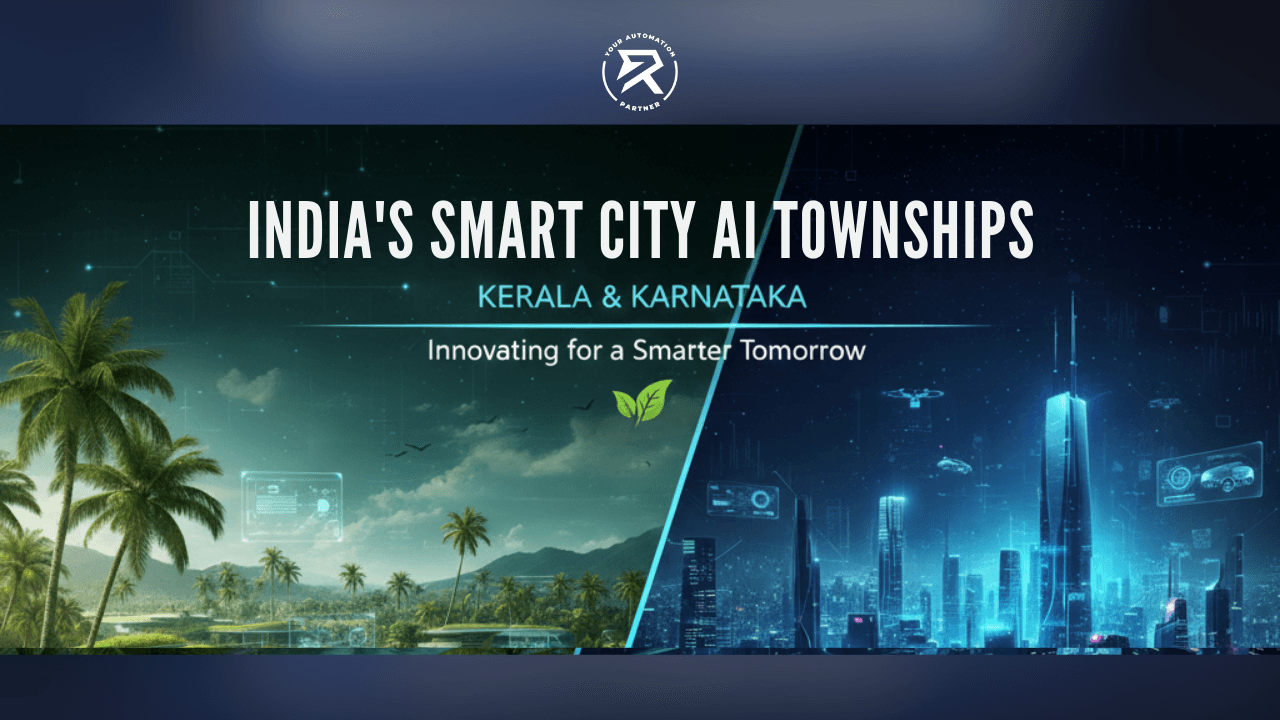What are Software Integration Challenges: How We Solve Them
Feb 10, 2025
Table of Contents
What is Software Integration?
Software Integration Challenges: How We Solve Them
Breaking Data Silos
Connecting Different Systems Across Teams
Managing Complex Combinations
Scaling Integrations for Business Growth
Enabling Two-Way Data Sync
Software Integration Testing Strategies
Custom Software Integration: Why It Matters
Conclusion
Take the Next Step
The software integration process is crucial for businesses that rely on multiple software applications to manage operations efficiently. However, as companies grow, integrating disparate systems and ensuring seamless communication between them becomes increasingly complex.
A well-planned integration strategy optimizes business processes, enhances customer experiences, and streamlines customer onboarding by consolidating customer details, customer preferences, and customer reviews into a unified system. Without model-based integration, companies may struggle with inefficiencies, legacy systems, and separate systems that hinder productivity.
By leveraging API integration, AI-driven data integration, and custom data integrations, businesses can enhance customer satisfaction, improve business intelligence, and reduce indirect costs associated with disconnected software systems. Below, we explore common software integration solutions and the best strategies to address them effectively.
What is Software Integration?

Software unification is the process of linking separate systems to function as a unified platform. Businesses utilize app connectivity to enable seamless integration of multiple tools, automate workflows, and enable real-time data synchronization across departments.
Enterprise application integration plays a critical role in linking enterprise resource planning (ERP) system coordination, human resources tools, and cloud-based platforms, facilitating asynchronous communication and seamless collaboration.
Organizations use business process automation to connect back-end systems, marketing platforms, and customer service applications. By utilizing comprehensive data integration platforms with built-in connectors, companies achieve seamless communication, ensuring smooth operation across all business tools.
Below, we explore the types of software integration challenges and the best approaches for overcoming them.
Also Read - Bubble Templates: When, Why and How to Use Them
Software Integration Challenges: How We Solve Them

1. Breaking Data Silos
The Challenge
Businesses often store data in separate systems, leading to fragmented workflows and limited access to actionable insights. This lack of seamless communication results in duplicate work, inconsistencies, and reduced efficiency in the business decision-making process.
The Solution
To solve this, organizations must adopt comprehensive data unification platforms with API management features and built-in connectors for major software solutions like Google Sheets, Google Cloud, and Google BigQuery. These platforms support real-time data streaming, ensuring all departments have access to accurate and updated information.
By implementing custom connectors, businesses can integrate external systems such as customer service platforms and marketing analytics tools, leading to better-targeted marketing campaigns and improved customer service.
2. Connecting Different Systems Across Teams
The Challenge
Departments often rely on separate systems, making collaboration difficult. Teams using different software solutions for business intelligence, customer interactions, and financial reporting struggle with disconnected workflows.
The Solution
A data connectivity platform with a library of connectors allows businesses to integrate business intelligence tools with ERP system coordination, marketing platforms, and customer service representative tools, ensuring a single source of truth.
With real-time data synchronization, companies can use AI-driven integration assistance tools to extract accurate insights from diverse data sources while ensuring compliance with governance across sources.
Also Read - Future of Automation in 2025: Innovating with AI and No-Code
3. Managing Complex Combinations
The Challenge
Connecting legacy systems with modern cloud-based platforms requires a flexible approach. Companies dealing with basic data integration projects often struggle when scaling up to complex data transformations.
The Solution
Organizations can adopt model-driven connectivity , designing an integration strategy that supports both vertical integration and horizontal integration, enabling deployment within cloud environments while maintaining compatibility with existing software systems.
Tailored data solutions help organizations link external systems while automating workflows. Companies can also utilize drag-and-drop interfaces and graphical user interfaces to simplify their software connectivity process without requiring extensive coding expertise.
4. Scaling Integrations for Business Growth
The Challenge
Expanding coordination without causing business process automation bottlenecks is a major challenge for growing enterprises.
The Solution
With cloud-based integration platforms, enterprises can scale their software integration solutions to accommodate more business users while managing budget levels effectively. These platforms offer broad connectivity options, ensuring smooth connectivity of real-time data streaming, marketing analytics, and enterprise service bus (ESB) tools.
Additionally, AI-driven data workflows can optimize business intelligence and improve customer interactions through predictive analytics.
Must Read -10 Things Every Small Business Should Automate in 2025
5. Enabling Two-Way Data Sync
The Challenge
Many software applications only support one-way data transfers, making real-time data synchronization difficult.
The Solution
Organizations can use unification tools with automation capabilities to establish bi-directional data exchanges for customer interactions and customer service processes.
By leveraging pre-built connectors, companies can automate their integration process, synchronizing customer signs, preferences, and activity history across platforms to enhance customer satisfaction.
Software Integration Testing Strategies

To ensure software integration solutions work effectively, enterprises should implement Big-bang and mixed integration testing methods:
Big-bang integration testing: This tests all pieces of software at once, ensuring seamless system communication.
Mixed integration testing: Combines multiple integration methods to evaluate custom connectors, API connectivity, and app integration.
These strategies help enterprises detect errors early, ensuring a smooth application linking process and enhancing customer satisfaction.
Also Read -YouTube Automation Guide: Master YT Video Uploads in 2025
Custom Software Integration: Why It Matters

Companies looking for software integration services should focus on custom system coordination tailored to their unique organization needs. A software integration engineer plays a vital role in ensuring that merging workflows align with organizational goals, supporting CRM software integration, ERP software integration, and software integration into third-party hardware.
By investing in adaptive platform unification, companies gain flexibility, optimize cost savings, and improve operational efficiency across departments.
Guided Article -A Guide to Voucher Management Systems: Crafting Vouchers
Conclusion
Effective software integration solutions are essential for businesses aiming to improve workflows, optimize business processes, and enhance customer experiences. Organizations must select the right linking strategy to prevent data silos, improve cross-team collaboration, and future-proof their software systems.
By utilizing AI-assisted connectivity solutions, real-time data streaming, and automation capabilities, businesses can turn collaboration challenges into growth opportunities while improving business intelligence and customer interactions.
Take the Next Step
Are you ready to overcome your application connectivity challenges? Book a free 30-minute free consultation with Ritz7 Automations to discuss your software unification plan and explore the best software integration solutions for your business.



